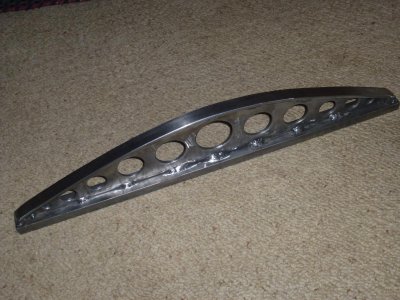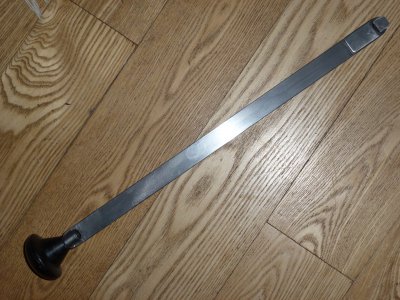- Joined
- Feb 7, 2013
- Messages
- 2,533
In my spare time I have been scraping the ways on my Springfield lathe. I'm to the point where I need to order some Turcite to shim up
the carriage. I see the rack gear has been shimmed about a millimeter so am considering ordering some PTFE Turcite 1.2MM thick to
keep everything in perspective. I'm wondering if that is enough thickness or am I better off getting a thicker piece and scraping it to fit.
I can't see where that is so critical as long as the rack and gear are well fitted. Maybe someone out in machine land has some experience
in this.
the carriage. I see the rack gear has been shimmed about a millimeter so am considering ordering some PTFE Turcite 1.2MM thick to
keep everything in perspective. I'm wondering if that is enough thickness or am I better off getting a thicker piece and scraping it to fit.
I can't see where that is so critical as long as the rack and gear are well fitted. Maybe someone out in machine land has some experience
in this.



